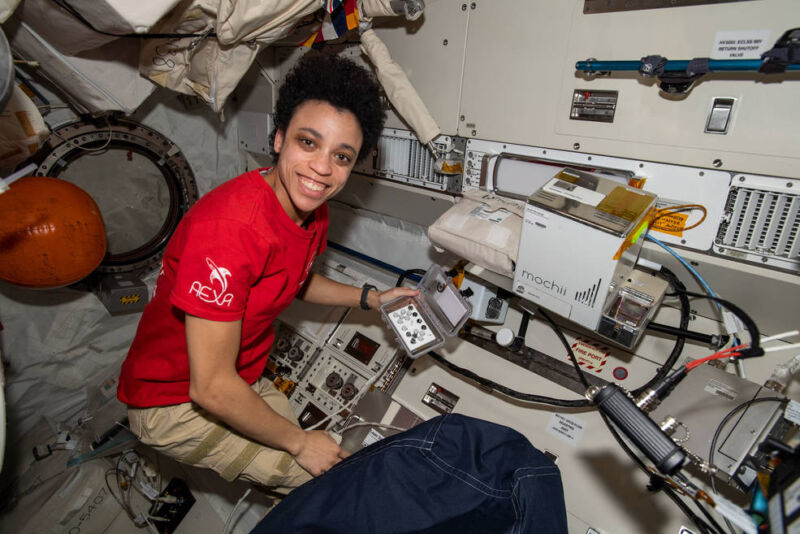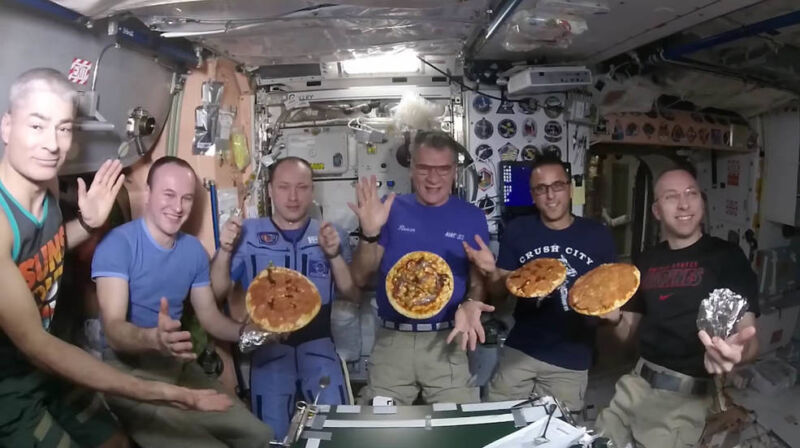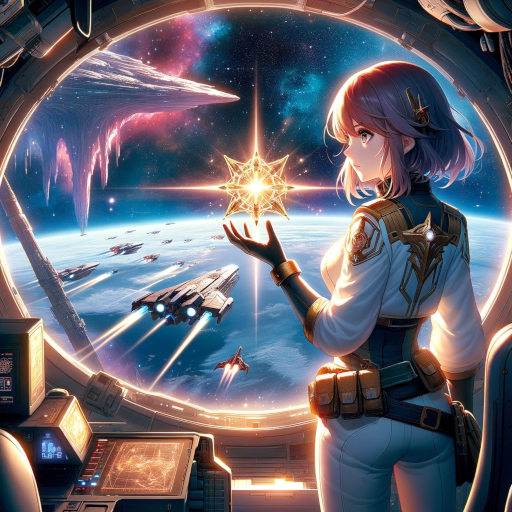In the year 2175, humanity had colonized the solar system, turning distant planets and moons into bustling hubs of life and commerce. Amidst this cosmic sprawl, a tale of intrigue and adventure unfolded on the desert planet of Zephyria, a world renowned for its vast dunes of shimmering sands and its central role in the interstellar spice trade. At the heart of this story was Mira, a young pilot with a talent for navigating the treacherous space lanes that connected the stars.
Mira's life took an unexpected turn when she was hired by a mysterious patron, known only as Orion, to transport a cargo of rare Zephyrian spices to the far reaches of the galaxy. However, this was no ordinary delivery. Hidden within the cargo was an ancient artifact, a relic from a time when Zephyria was rumored to be home to an advanced civilization capable of manipulating the very fabric of reality.
As Mira set off on her journey, she found herself pursued by the Sovereign Fleet, a powerful military force that governed the solar system with an iron fist. The Fleet had been searching for the artifact for centuries, believing it to be the key to unlocking unimaginable power. Mira, with her innate skill and quick wit, managed to evade capture, but the true challenge lay ahead.
On the fringes of known space, Mira discovered the truth about her mysterious patron and the artifact. Orion was a member of the Arcane Order, an ancient guild of scholars and explorers dedicated to preserving the knowledge of the cosmos's forgotten eras. The artifact, known as the Starheart, was a source of pure energy, capable of creating or destroying worlds.
The revelation of the Starheart's power set Mira on a new path, one that led her to question the nature of power and her role in the galaxy's destiny. With the Sovereign Fleet closing in, Mira and Orion embarked on a quest to find the lost homeworld of the civilization that created the Starheart, believing it held the key to using the artifact for the greater good.
Their journey took them beyond the edges of charted space, into realms where the fabric of reality twisted and ancient secrets lay buried in the stars. Along the way, they encountered remnants of the ancient civilization, guardians tasked with protecting the Starheart's secrets, and other beings drawn by the artifact's power.
In the heart of a forgotten nebula, Mira faced a choice that would determine the fate of the galaxy. The Sovereign Fleet, having tracked them to the nebula, demanded the Starheart, willing to wage war for its control. Mira, guided by Orion and the knowledge of the Arcane Order, unlocked the Starheart's true potential, not as a weapon, but as a beacon of hope.
She unleashed a wave of energy that revitalized dying stars, restored barren worlds, and revealed the galaxy's interconnected web of life. The Sovereign Fleet stood down, witnessing the transformation and realizing that true power lay not in domination, but in harmony.
"The Navigator's Legacy: Mira's Odyssey" became a legend among the stars, a story of courage, discovery, and the unbreakable will to find one's place in the vast cosmos. Mira's journey inspired countless others to explore the mysteries of the universe, forever changing humanity's course among the stars.



